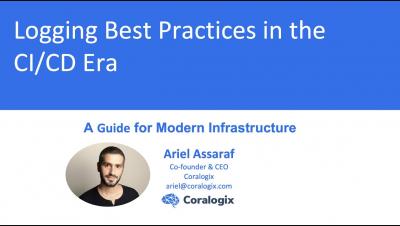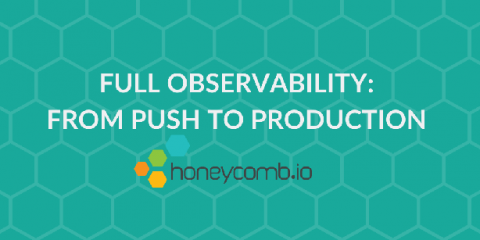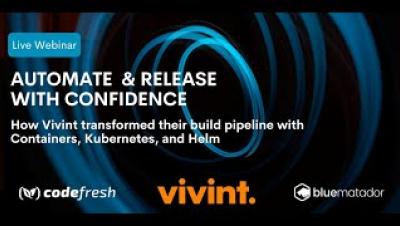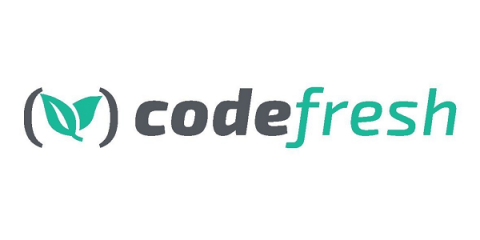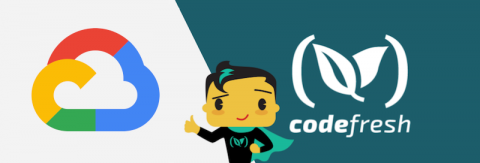Operations | Monitoring | ITSM | DevOps | Cloud
Codefresh
Logging Best Practices in the CI/CD Era
Observability: From Push to Production
Developers are building and deploying to production with greater frequency. Elite organizations are deploying to production multiple times per day. All the while we continue to distribute our applications even wider with the adoption of micro-services, and global deployments. This consistent churn and increasing code complexity create the perfect storm that makes finding problems even harder. How do you know the changes just committed actually deployed? How do you know the changes worked?
Automate Deployment Cycles & Release with Confidence
How to Run and Apply a Codefresh Helmfile: a Step-by-Step Guide
If you’re looking to deploy your services to Kubernetes, Helm works great. However, once you start deploying to multiple environments, developing code as a team, or automating in a CI/CD pipeline, you start to run into limitations with Helm. Codefresh Pipelines using Helmfile has the power and flexibility to address these issues and many others. It’s also one of the best ways to organize your Helm code and values.
We've Raised $27 Million in New Funding, Here's How We're Investing It
Today we’re announcing a new round of funding that brings an additional $27M to help us invest in growing and building Codefresh. When we started, we wanted to revolutionize the way people build and deploy software with continuous integration and delivery. I’m proud to say that we were the first platform to see the game-changing value of containers and Kubernetes.
Full Observability: From Push to Production
Announcing Codefresh Runner: a foolproof, easy way to run pipelines on your own Kubernetes clusters.
Running and maintaining CI/CD infrastructure has long been a headache for engineering teams which has led to the popularity of SAAS solutions like Codefresh cloud. But for many, this doesn’t meet their strict security requirements or allow them to access on-prem code, artifacts, or other resources.
Migrating from the Codefresh registry to Google Container Registry
On July 15th the Codefresh registry that is part of all Codefresh accounts will be removed from service. The removal is part of a big round of improvements to our native integration with Docker registries. We have invested significant efforts in using Codefresh as a unified platform for Docker images and the way they are used inside CI/CD pipelines. More details on the migration actions for the Codefresh registry can be found in our timeline announcement.
Optimize Your CI/CD Pipeline with Codefresh & Lightstep
How do you know if the changes that you’re making to your microservices are having the desired impact to your end-users? What happens after a deploy? Did your app’s performance remain the same? Were any bugs introduced? Do you need to roll back? With Codefresh and Lightstep, you’re able to more quickly, more accurately, and more easily ensure that any commit and build results in a better experience for your end-users.



